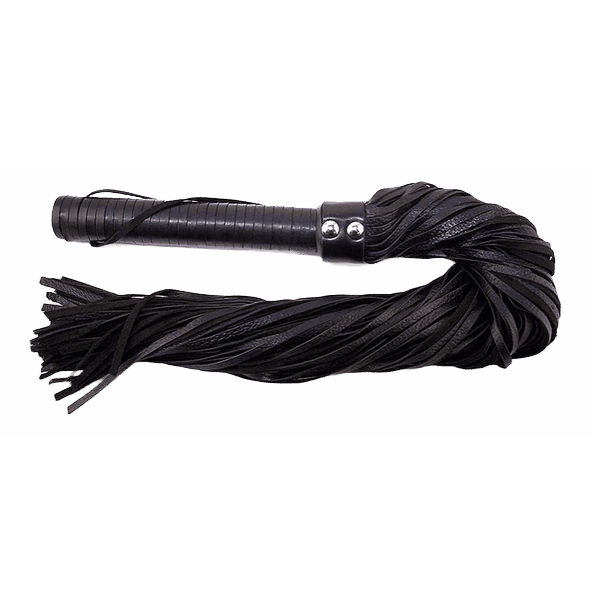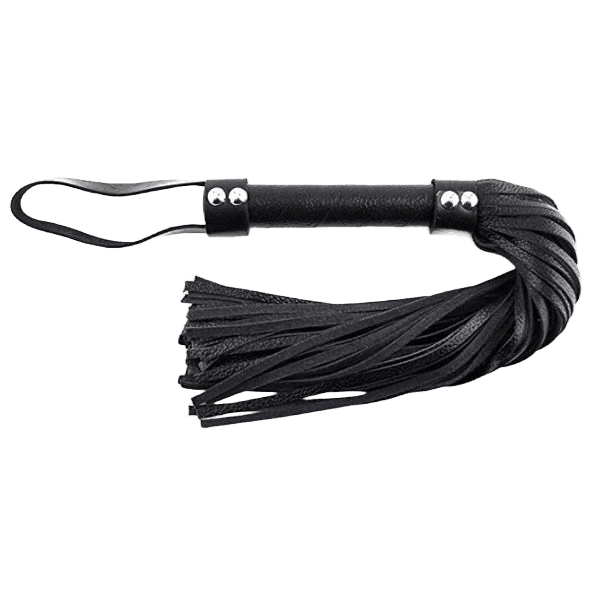BDSM Communication: Older Person’s Guide to BDSM, Part 2
14 September 2021


Hopefully, by now you’ve thoroughly perused (is that still a word?) My previous article on how seniors might begin delving into the fabulous world of BDSM play.
Let’s take things a step further by delving (when’s the last time you heard that?) into some rather critical considerations about getting your senior kink on.
Communication is always key
I know I already covered the topic of BDSM communication in part one, but it’s the most important aspect of anything to do with kink. And it is absolutely worth repeating.
Here’s the thing – many people still find it extremely challenging to speak up if sexual activity is not going well. The following statements might sound familiar:
-
I’m afraid of bruising my partner’s ego.
-
I’m worried my concerns might be dismissed—or worse,
-
I’m self-conscious.
-
My discomfort isn’t valid.
Having clear and non-judgmental lines of communication between partners is critical to having a healthy relationship. Doubly so when it’s a sexual relationship—and doubly, doubly, doubly times ten when it’s a BDSM relationship.
Beyond the emotional benefits, communication should always play an active role before, during, and after a scene. Even though you’ve no doubt done tons of good research, taken quality classes, and read informative articles.
BDSM can be dangerous
And before you ask, no: I’m not exaggerating. Let’s consider an activity that has practically become a symbol for the BDSM community: bondage.
Fun? Yep! Sensual and even sexual? Most assuredly! Even so, bondage is incredibly dangerous, with a real risk of causing permanent injury.
And the best way to avoid any of this happening in a bondage scene is, you guessed it: communication.
Before trying anything BDSM related you need to take a look at your relationship. Is there anything keeping you from expressing:
- What you want
- What you don’t want
- Worry
- Discomfort
- Or anything else for that matter?
Are you able to hear your partner and react immediately with empathy and conscientiousness? If not, what’s in the way?
Nobody’s perfect. We practice BDSM communication, one conversation at a time. Listen, affirm, get on the same page. Once you and your partners feel good about engaging in an ongoing practice of this vital skill, then by all means play and play and play to your heart’s content!
Bondage: Words of Caution and Wisdom
That out of the way, I’ll touch on a few safety tips that everyone should know about when it comes to kink . . . particularly those of us who have impressive quantities of notches on our chronological belts.
Let’s pick up where we left off: bondage. For starters, we must learn to discern the differences between realistic expectations and its young, flexible, leather-clad nemesis: le fantasy.
Here are some of the more egregious myths that everyone needs to bust before trying their hand at bondage.
#1. Rope is NOT good or safe for beginners.
Yeah, it’s everywhere in bondage porn but the truth is that rope is extremely dangerous if not done by an expert. A single slipped knot could cause debilitating nerve damage… or worse.
In pre-COVID days there were beginner-friendly workshops on rope bondage. Teachers were also available for private sessions. If in the future you want to take on the risk and put in the time to learn responsible rigging, this is definitely the route to take. However, until this pandemic settles down, I’d recommend staying home and exploring safer forms of bondage.
While stockings and handkerchiefs seem to be more beginner-friendly, they too can cause serious damage if tied too tight or in a bad location. Again, nerve placement and joint integrity are of the utmost importance.
#2. Handcuffs are a no-no.
For the love of whatever-might-be-out-there, never, never, never use handcuffs for BDSM. Aside from being engineered to hurt people – and not in a sensual way – they can take far too long to remove if something goes wrong.
Bondage cuffs are a far superior alternative. These are typically made of leather or fabric. While it’s not appropriate to suspend body weight from bondage cuffs, limbs can be safely bound with minimal risk to the person being restrained (as long as you’re not pinching the nerves on the inside of the biceps!) Folks with dexterity issues will be happy to find that cuffs can be quick and easy to use. There are even Velcro options!
#3. NEVER do breath play.
I don’t care if this is a big turn on that you’ve secretly always wanted to try! Intentionally restricting someone’s airflow or using the wrong type of gag is the greatest cause of BDSM related deaths. Period.
#4. Have your emergency shears handy.
Here we’re busting the myth that nothing ever goes wrong. You’ve probably seen these if you’ve ever been to a kink convention or dungeon. The name varies – such as being called paramedic or EMS shears – but what they do is always the same: this essential tool can cut through just about anything . . . except for flesh.
Bondage: How to do it, and enjoy yourself!
So what, I can hear you asking, can we use that’s safe but still fun for bondage play? For beginner-friendly scenes, I highly recommend using VetWrap (also called self-adhesive bandages).
I could go on for hours about why, but the big points are:
- it stretches a bit, so the bottom (the person in bondage) can adjust themself without injury.
- it’s wide so it won’t cut into joints (like rope can.)
- it’s cheap so you can give it a whirl without breaking the bank.
- it can be cut or even torn very easily, so if anything goes wrong it can be escaped from just like that finger snap.
Want to use VetWrap in a beginner’s scene? Fantastic! To begin with, it’s always best to keep things as simple as possible. I know it hurts, but put your ideas of elaborate bondage setups on hold until you have a bit more experience under your belt.
After negotiating the upcoming scene you can start by having your bottom lie on their back. Then use VetWrap to gently bind their wrists together in front of their bodies. Positioning the arms in this way puts a lot less strain on the shoulders, as opposed to tying them to the corners of a bed.
Bring pleasant sensations into the scene, such as kissing, vibrators, or dare I say licking.
Remember, you’ll want to go over all these ideas with your partner, getting a clear yay or nay from them, before the scene starts.
If this is enjoyable for them, you can experiment with other positions, which you would have negotiated in advance. Never forget that all-important rule of bondage: don’t put somebody into something you can’t get them out of immediately.
That wraps it up for part 2 of our series. Keep your eyes peeled for part 3, in which we’ll delve into the world of impact play.







